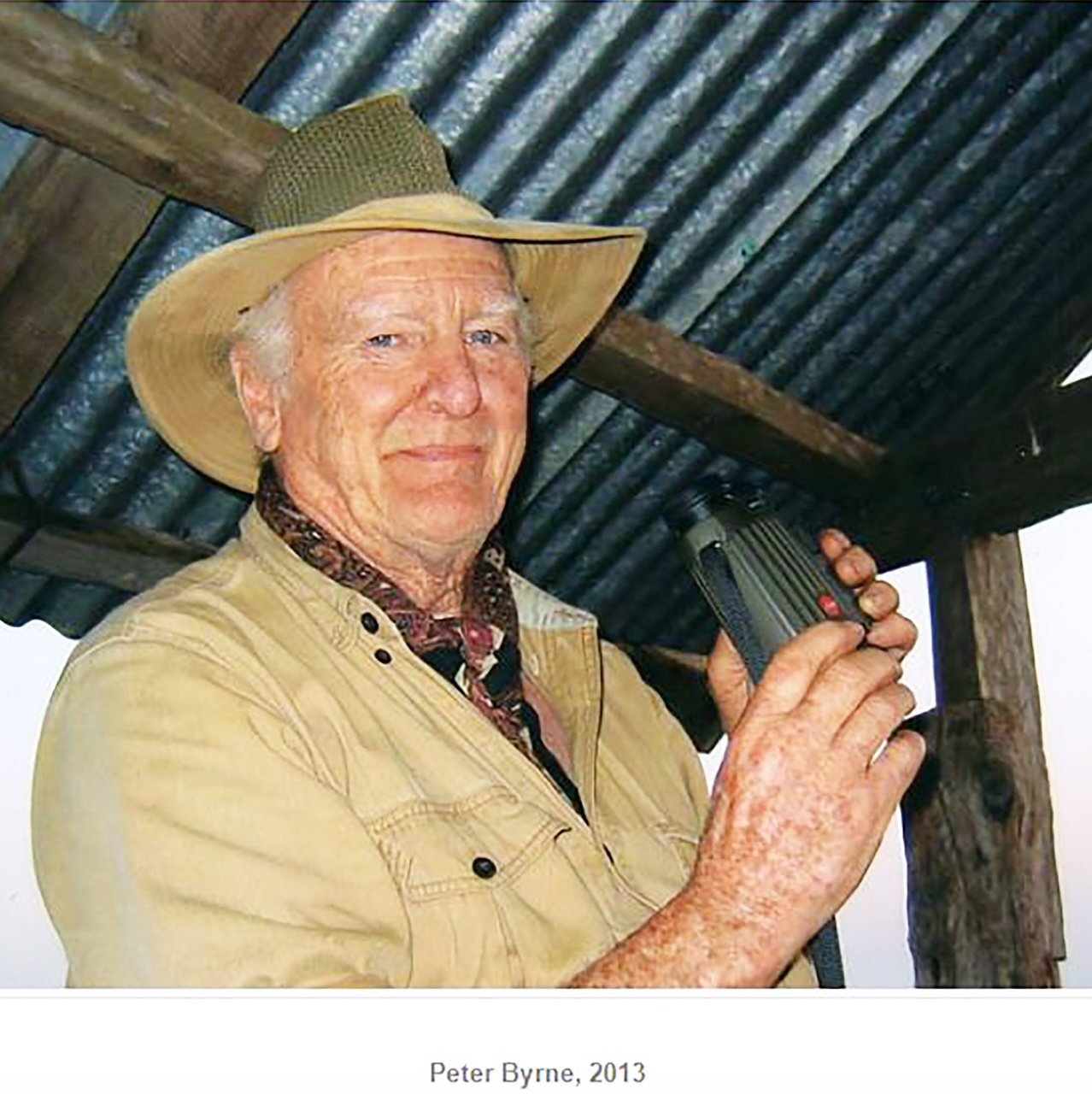Peter C Byrne Fellowship Fund (PCBFF)
February 17, 2024

Peter C Byrne Fellowship Fund (PCBFF)
Himalayan Nature (HN) has established the Peter C Byrne Fellowship Fund (PCBFF) to provide annual fellowships to students of Nepalese Universities pursuing research activities in the field of Natural History of Nepal. The fellowship fund is set up under Himalayan Nature to honour the legacy and work of Peter C Byrne (please read an obituary here https://www.himalayannature.org/obituary/) with the initial resources generously donated through the International Wildlife Conservation Society (IWCS) Inc. USA. This fund is managed by HN with advice from the Peter C Byrne Grant Management Committee (PCBGMC), a subcommittee under HN.
About Peter C Byrne
Peter C. Byrne, born in 1925 in Dublin, Ireland, embarked on a remarkable journey that encompassed a wide array of adventures and contributions. After serving in the Royal Air Force during World War II, Peter found himself drawn to northern India, where he undertook work on a tea plantation. It was during this period that he was first introduced to the people of the Himalayas, and an enduring love for the region took root, prompting numerous return visits.
Peter's connection to the Himalayas extended beyond mere fascination; he conducted several expeditions to the most remote corners of the Himalayas in pursuit of the elusive Yeti, famously known as the abominable snowman. In 1948, during one of these explorations in Nepal, he made a groundbreaking discovery—identifying his first set of Yeti footprints. In 1953, Peter established his own safari company, which he successfully managed for eighteen years.
His relentless quest to uncover the truth about the Yeti led him to embark on a three-year expedition in the Himalayas in 1957. Additionally, in 1968, Peter co-founded the International Wildlife Conservation Society, Inc. in the United States. In the 1990s, he conceived the Bigfoot Research Project, a comprehensive scientific investigation focused on substantiating the existence of Sasquatch. Notably, tales of Bigfoot in North America bear a striking resemblance to Himalayan Yeti legends.
For a decade, Peter dedicated his efforts to wildlife conservation projects within the Terai forest of Nepal, making a significant impact in the establishment of the Shuklaphanta National Park. His extensive experiences and challenges in setting up this wildlife sanctuary are detailed in his published works. For a number of years, Peter worked together with late Lt. Col. Hikmat Bisht, his best friend in Nepal, for several conservation projects at Shuklaphanta.
Peter was not only an adventurer and explorer but also an accomplished author. He penned numerous books encompassing the realms of natural history and the Himalayas. Some of his notable works include "The Search for Bigfoot: Monster, Myth, or Man?" (1975), "Tula Hatti: The Last Great Elephant" (1991), "Sikari Shahib" (2002), "The Green Eye" (2005), "Gentleman Hunter" (2006), "The White Grass Plains Wildlife Reserve" (2008), "Hunting in the Mountains and Jungles of Nepal" (2012), "Bardia National Park, The Complete Guide" (Field Guide, 2014), "The Hunt for the Yeti" (2015), "Maneater" (2016), and "The Fortune Life" (2020), among others.
Peter's life has been a testament to his unwavering dedication to exploring, conserving, and documenting the natural wonders and mysteries of the Himalayas and beyond.
Peter Byrne Fellowship
Peter Byrne Fellowship will be awarded annually to undertake research activities in the field of wildlife science. Each award will be Nepali rupees upto 1,00,000/ as a one off fellowship grant for research thesis/ conservation education work carried out by early career students. Grant resources are intended for small-scale projects, particularly to assist students conducting quality field research as part of their university degree. Following are the eligibility criteria and priority for grants:
Taxonomic Focus: Priority will be given to taxa that are threatened, endemic, or possessing significant cultural importance.
Research and Conservation: Funding is available for nature research and conservation projects that contribute new knowledge to the field.
Academic Preference: Applicants should be in the early stages of their conservation careers. Preference will be given to projects at the master's level.
Budget Allocation: Grants will exclusively cover fieldwork-related logistical costs; salaries, per diem, and equipment expenses will not be considered.
Geographic Focus: There are no restrictions, at least one proposal for Shuklaphanta National Park will be a high priority.
Gender Diversity: Whilst all applicants will be judged on merit alone, we particularly welcome applications from groups currently under-represented in wildlife science, such as those from indigenous nationalities. Female applicants are encouraged to promote gender diversity in conservation.
Referee Support: Proposals must include the names of two reputable conservation referees providing statements of support. These statements should evaluate the grantee's capacity, the nature of the grantee-referee relationship, duration of their association, commitment to project completion, and a commitment to publish the findings as a peer-reviewed paper.
Location Requirement: Applicant must be based in Nepal.
Not all proposals that meet criteria can be funded due to limitation in funding support, therefore final selection will be conducted on merit basis.
Proposal Format
Proposal should be brief and should not be more than 6 pages. For the sake of consistency in format and to ensure a fair evaluation process, we suggest the following proposal format:
Introduction
Aims and Objectives
Study Area
Methods and Materials, Data Analysis (if applicable)
Impact of the work: research, conservation, awareness (applicable topic)
CALL FOR PROPOSALS- WATCH THIS SPACE